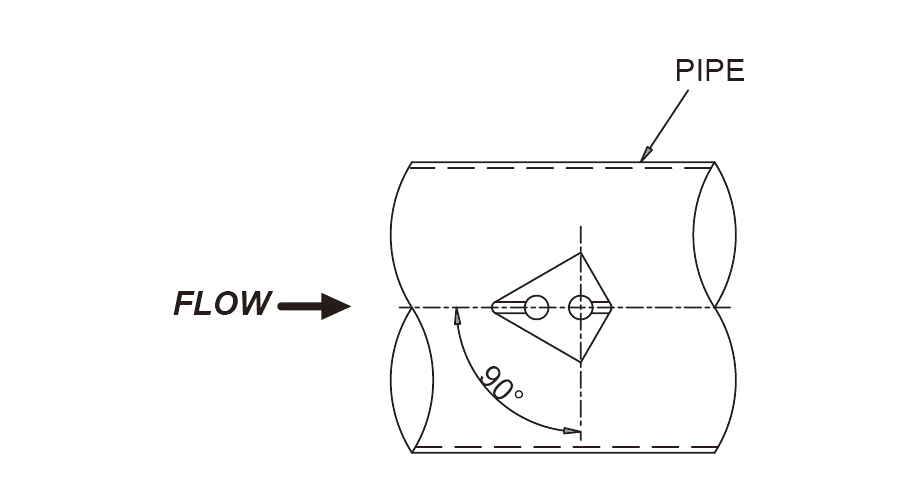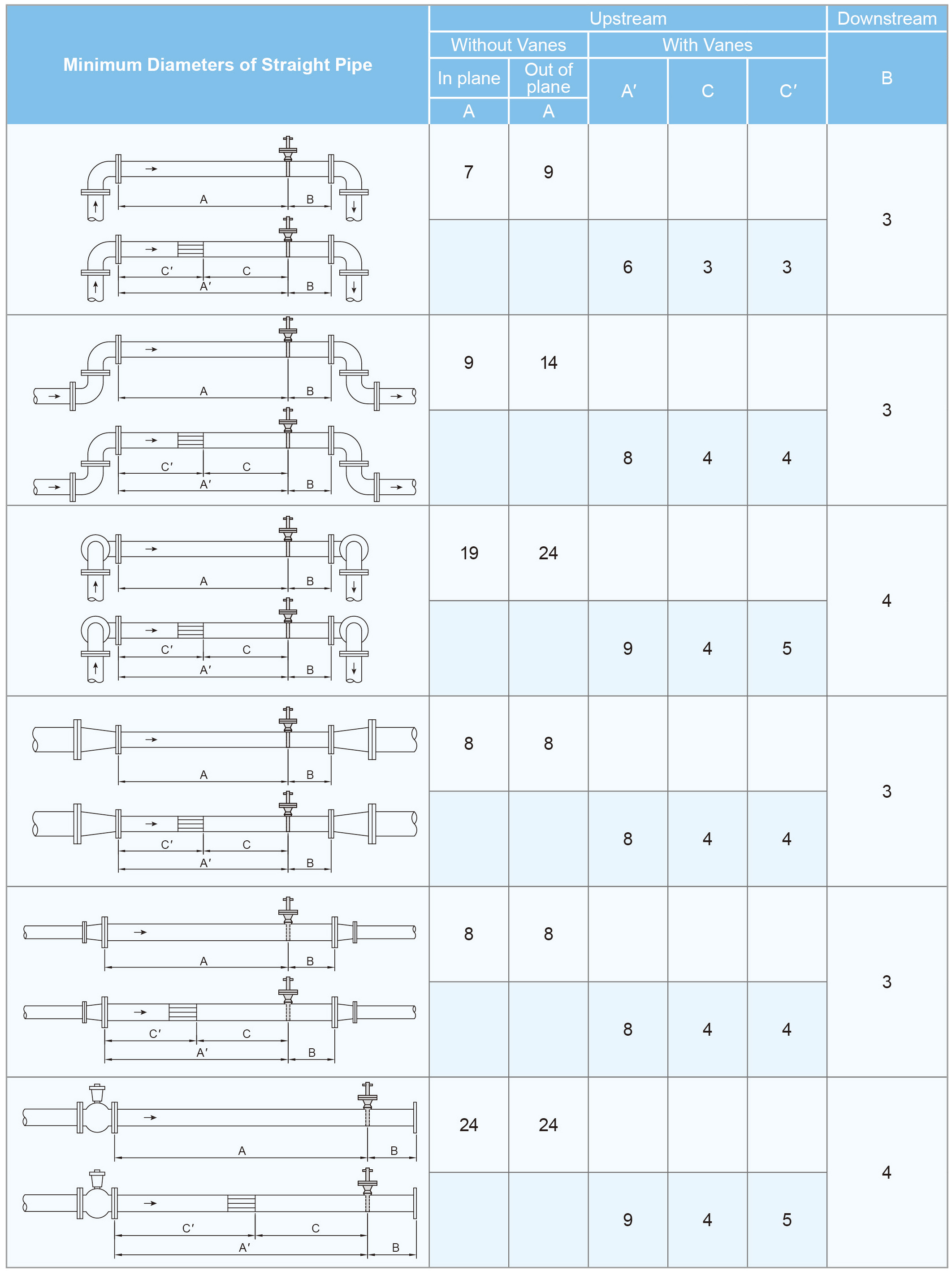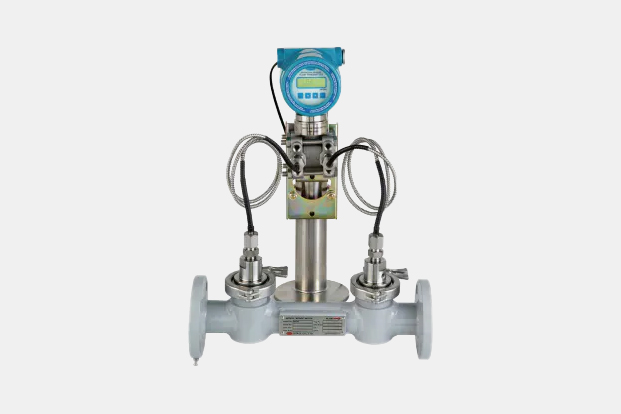
This product is manufactured by
HITROL
Averaging Pitot Tube
Model Name
HAPT Series
Manufacturer information

HITROL
Verified & Trusted Manufacturer
Korea’s top class Flow and Level Instruments manufacturer with 45 years of history
Inquiry
How to order
Problem with product info?
Update request
Manufacturer
HITROL
Product Type
Machine
Brand
-
SKU
130023
Product Name
Averaging Pitot Tube
Model Name
HAPT Series
Size
-
Weight
-
Product Details
More products

Float Type Level TransmitterHT-100R Series, HT-100RS, HT-100RSH, HT-100RS-Ex, HT-100RSH-Ex, HT-100RV, HT-100RV-Ex, HT-100RT, HT-100RTH, HT-100RT-Ex, HT-100RTH-Ex

Magnetic Flap Level GaugeHLG-100F Series, HLG-100F, HLG-100FT, HLG-100FS
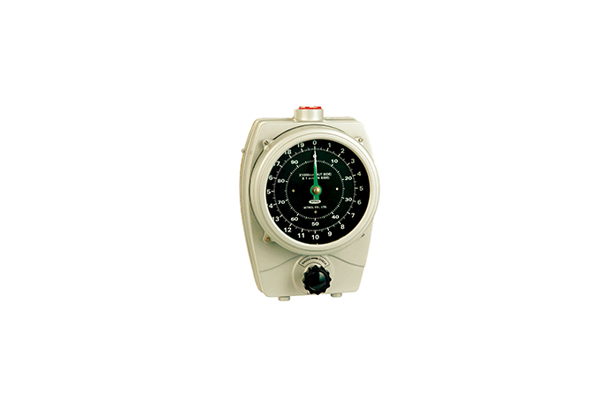
Tank Level GaugeHLT-1000 Series, HLT-1110, HLT-1210, HLT-1112

Vibration Type Level SwitchHTM-30N Series, HTM-30N, HTM-30N-Ex
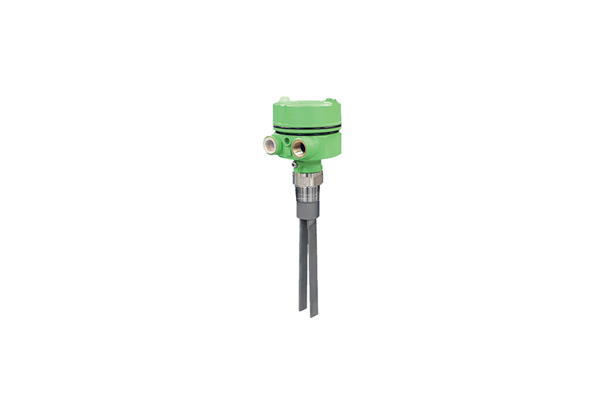
Vibration Type Level SwitchHTM-20N Series, HTM-20N-A, HTM-20NH-A, HTM-20N-B, HTM-20NH-B, HTM-20N-C, HPV-20N-A, HPV-20NH-A, HPV-20N-B, HPV-20NH-B

Float Type Level SwitchHM-95 Series, HM-95, HM-95-Ex, HM-95H, HM-95H-Ex, HM-95V, HM-95V-Ex, HM-95VH, HM-95VH-Ex

Venturi TubeHVT Series

Flow NozzleHFN Series

Vibration Type Level SwitchHTM-930 Series, HTM-930, HLC-901L, HLC-901P

Radio Frequency Type Level SwitchHCC-96RF Series, HCC-96RF-C, HCC-96RF-CH, HCC-96RF-S, HCC-96RF-R, HCC-96RF-RH, HPC-96RF-R, HLC-96RF-R, HLC-96RF-RA
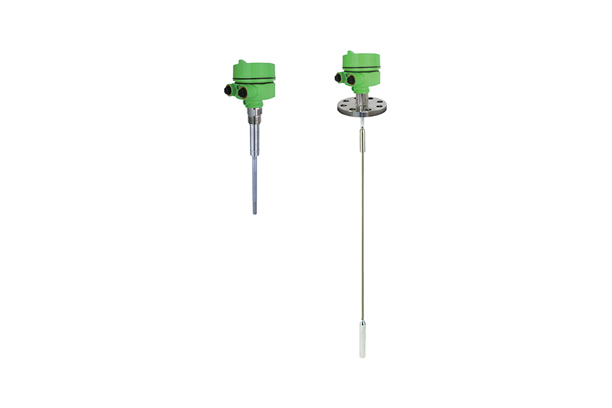
Capacitance Type Level SwitchHCC-95P Series, HCC-95P, HCC-95PW, HCC-95PH, HCC-95PWH, HCC-95P-Ex, HCC-95PW-Ex, HCC-95PH-Ex, HCC-95PWH-Ex, HPC-95P, HPC-95PW, HPC-95PH, HPC-95PWH
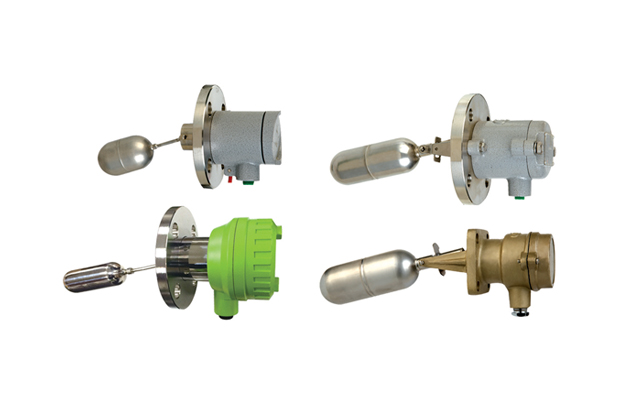
Float Type Level SwitchHM-12(10) Series, HM-10, HM-12S, HM-12H, HM-12H-Ex, HM-12D, HM-12H-SP, HM-12H-SP-Ex, HM-12H-L, HM-12H-L-Ex

Displacer Type Level SwitchHM-90(30) Series, HM-90, HM-90-Ex, HM-90H, HM-90H-Ex, HM-30

Float Type Level SwitchHR-30 Series, HR-30S, HR-30SH, HR-30S-Ex, HR-30SH-Ex, HR-30C, HR-30CH, HR-30C-Ex, HR-30CH-Ex, HR-30V, HR-30V-Ex, HR-30T, HR-30TH, HR-30T-Ex, HR-30TH-Ex

Capacitance Type Level TransmitterHT-100CT Series, HT-100CT, HT-100CTH, HT-100CTW, HT-100CTWH, HT-100CT-2, HT-100CTH-2, HT-100CTW-2, HT-100CTWH-2
1/4




 Measurement Principle
Measurement Principle









